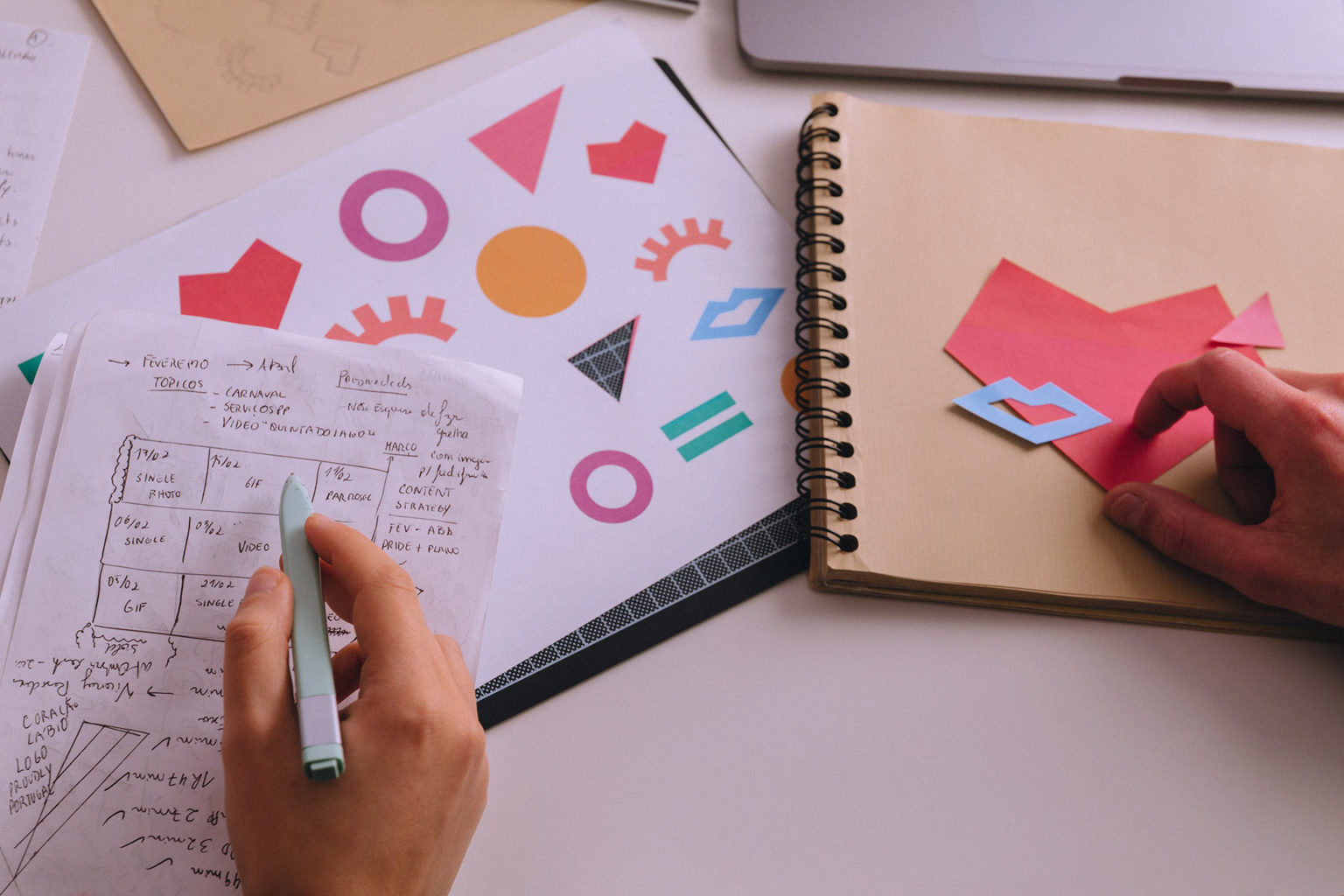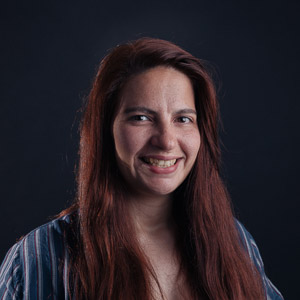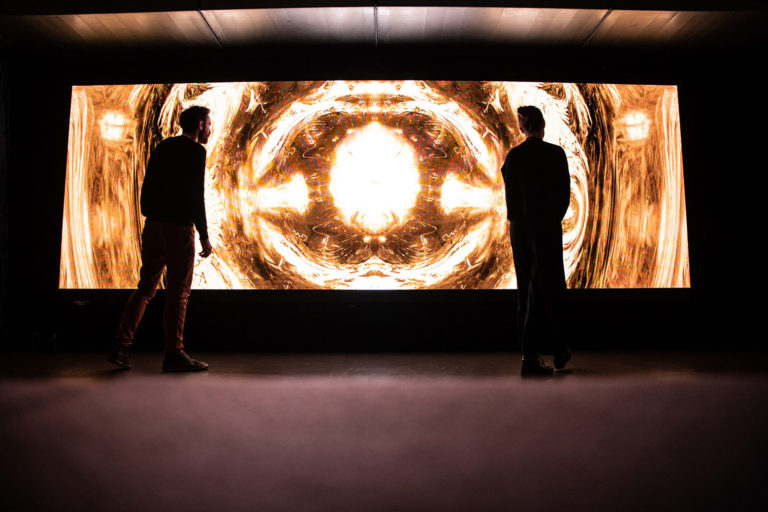I have always had a passion for typography and recently I had the opportunity to attend a workshop that shed some new lights upon my knowledge. Throughout the making of a digital typographic font, I learned about not just the conceptual and design stage, but also the development and implementation stage.
Embracing Typography skills with Type Club

Type Club
The Type Club is a distinct group of people with a passion for type, whether expressed through typographic or calligraphic art. They are part of ESMAD – Politécnico do Porto, and have as their mentor Gilberto Ribeiro, who also lectures there.
The several people that are part of this group, have the same desire to learn more about the design of letters and to understand how their creation and development can vary and adapt to its purpose, becoming a project of calligraphic or typographic nature.
This group has taught several workshops in these areas and the one I found most interesting was the “Introduction to Glyphs App and drawing a font”, not only for the opportunity to make a digital typeface but also for the fact that it is delivered by Joana Correia, a leading designer in the Portuguese typographic scene. So, from February 1st to 3rd I travelled from the Algarve to Vila do Conde, Porto, to learn deepen my typography skills with the best.
Workshop
The workshop began with a brief general introduction on the typographic world. We then proceeded immediately to the execution of some letters, namely “a”, “d” and “n” in lowercase. The choice of these letters was not random, it meets what Joana understands as the basis for the development of a typographic design, its genetic information or its DNA – the key acronym.
I confess that it took me some time to have a more charismatic “a” to help me develop the remaining letters of the alphabet. Although it was only a small exercise in order to learn as much as possible throughout the workshop, I wanted to transpose my own vision of the typographic world and the art of developing a digital typographic font with personality and charisma.

Following the development of lowercase letters, we then proceeded to move on from paper to digital using specialised software for the development of typographic fonts – the Glyphs App.
Transposing the design of the letters from the paper support to the digital support is a real challenge because the digital process needs a greater cohesion of the original drawing, since this is a determinant characteristic for a good reading of the forms. During the workshop, I was able to experience a whole new learning about the software we were using and its features, and there are lots of details to explore in the Glyphs App.
One of the most important things was to notice the difference between letter space and kerning, something for which I was able to raise my sensibility throughout the workshop, since I was not aware of this distinction.
After developing some letters in the Glyphs App we learned to perform different weights automatically, but always keeping in mind that the individual customisation of each glyph in each weight must always be adjusted and improved.
There was also the opportunity to realize the purpose of huge features like “multiple masters” and, my favorite, the “variable fonts”.
Throughout this experience I highlight the sharing of knowledge with colleagues in the group and their friendliness to receive a member from afar.
Final thoughts
Designing typography is no easy task. Achieving a quality result is not only about knowing the basics of typographic construction, from the optical compensations to kerning, or how to execute the letter design in a specialised software. It takes a lot more than that. Drawing a typography to use in digital media requires not just the transposition of the character and beauty of the forms but also balance them with the characteristics relevant to the design of a glyph, while consciously meeting the goal that is at the origin of its drawing. I like to think about the design of a typeface as the fit of a seamless puzzle, in which personality and purpose must be emphasised.
Currently my focus is to learn, understand and improve, more and more. There is a vast and rich heritage in the Portuguese typographic landscape that deserves to be revisited and rethought. And there is definitely space to grow and put Portugal in the top league of international typography.
Transparency disclaimer
Article written by Brígida Guerreiro
Translation and editing by Isabel Evaristo and Nuno Tenazinha
Credits
- Marked photos courtesy of TypeClub
How do you feel about this article?







